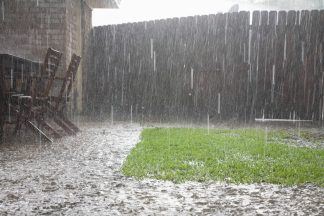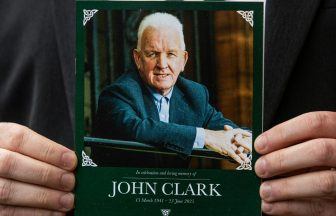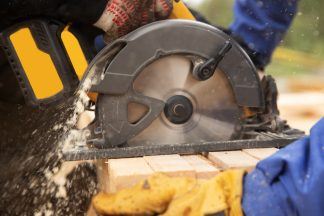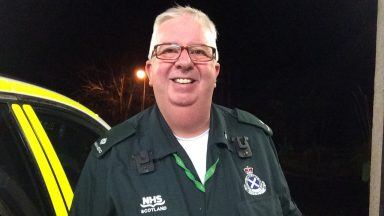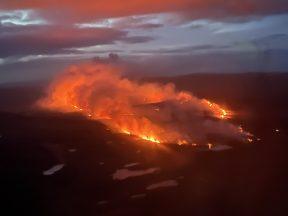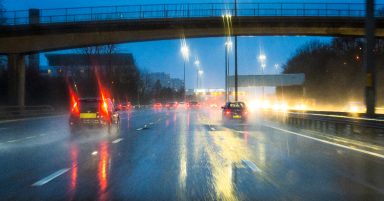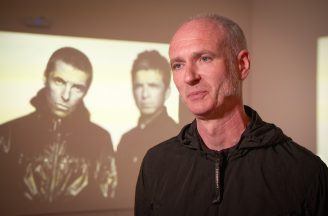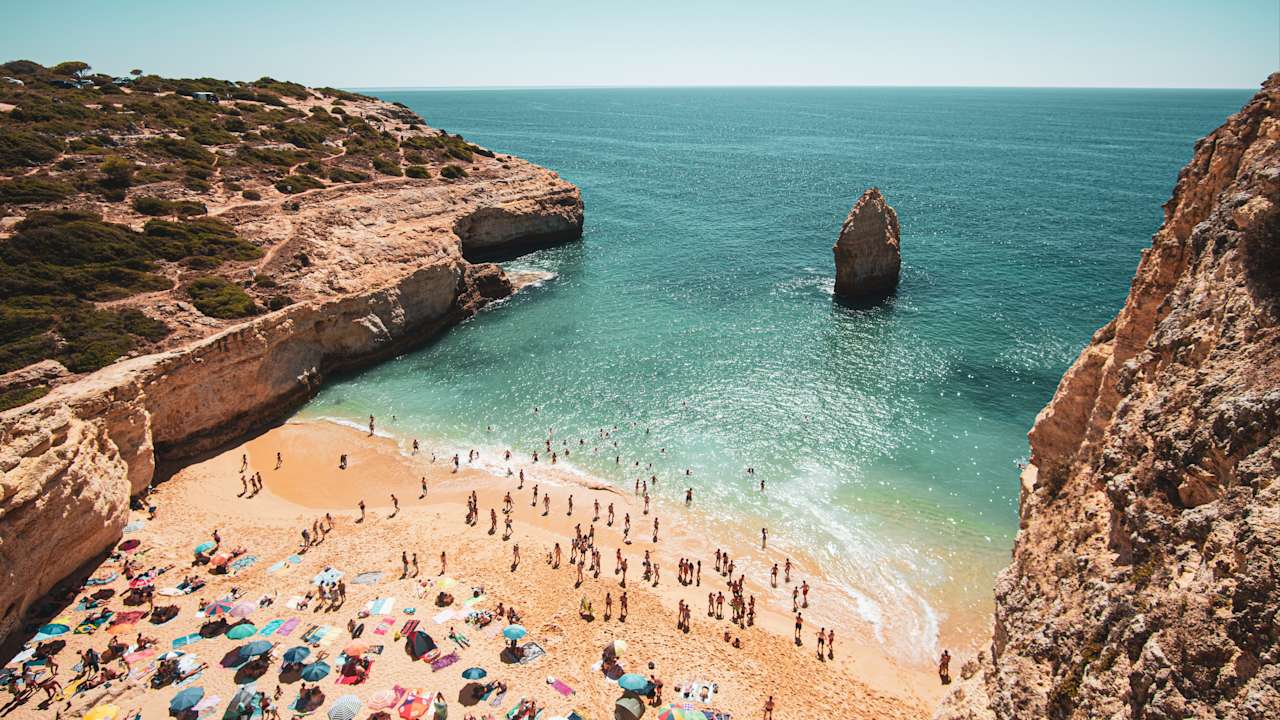Population growth in Scotland is projected to stall over this decade.
Statistics released by National Records of Scotland (NRC) predict a 1.8% increase in the population over the ten years from 2018 to 2028 – an extra 99,000 people, boosting the population to 5.54m.
But population growth is projected to be slower than over the previous decade, when there was a 4.5% increase.
The NRC report also predicts the number of elderly Scots will increase amid a boost in life expectancy.
The figures are based on past trends and assumptions of future fertility, mortality and migration levels.
Scotland’s population growth is projected to be mainly in the central belt and urban areas, with areas in the east around Edinburgh – Midlothian, East Lothian and the capital city itself – growing at the fastest rate.
Population decline is projected to mainly be in the west and south-west of the country, including the Western Isles, Inverclyde and Argyll and Bute.
Overall, 18 of 32 council areas are forecast to have a growth in numbers.
More councils are now predicted to experience a decline than in previous projections.
Migration between councils, from the rest of the UK, and international migration will drive the population increase in most areas, the report found.
By mid-2028, a total of 30 council areas are projected to have more people arriving than leaving.
Most areas are projected to have more deaths than births, with only five councils bucking the trend.
All councils can expect an increase in people aged 75 and over and only three local authority areas will have an increase in the number of children – Midlothian, East Dunbartonshire and East Renfrewshire.
Life expectancy for both men and woman will increase across the country.
A baby girl born in 2027-2028 in the Western Isles will likely live to 85.8 years, 6.6 years longer than a baby girl born at the same time in Glasgow City, the council with the lowest projected life expectancy.
Alan Ferrier, head of demography statistics at the NRS, said: “While Scotland’s overall population is projected to increase over the next decade, there is variation across Scotland, with some councils projected to decline in population.
“In many areas of Scotland, the number of births are projected to continue to be lower than deaths, highlighting that migration remains the key driver of population increase.”
Follow STV News on WhatsApp
Scan the QR code on your mobile device for all the latest news from around the country



